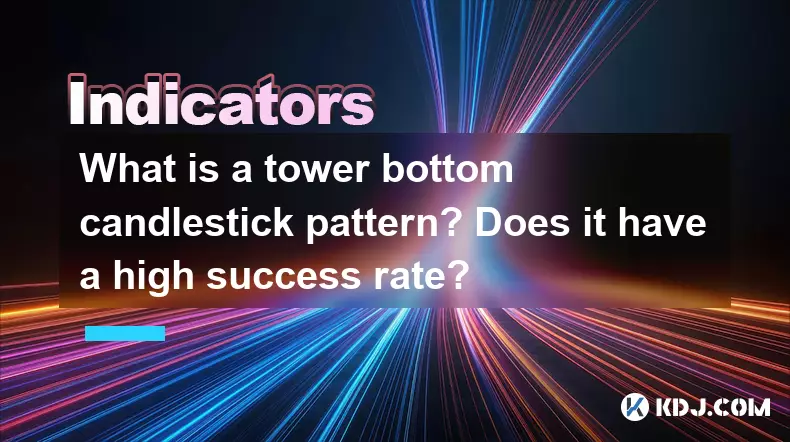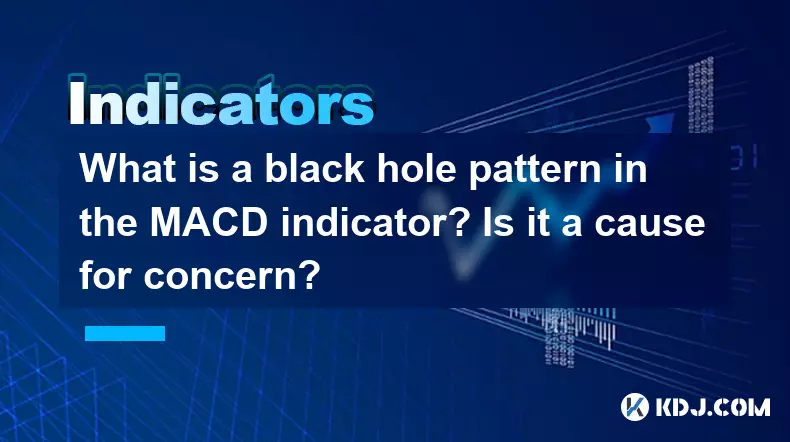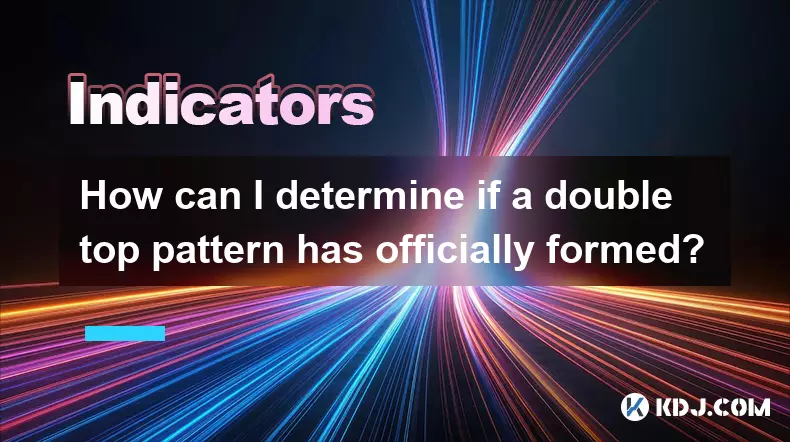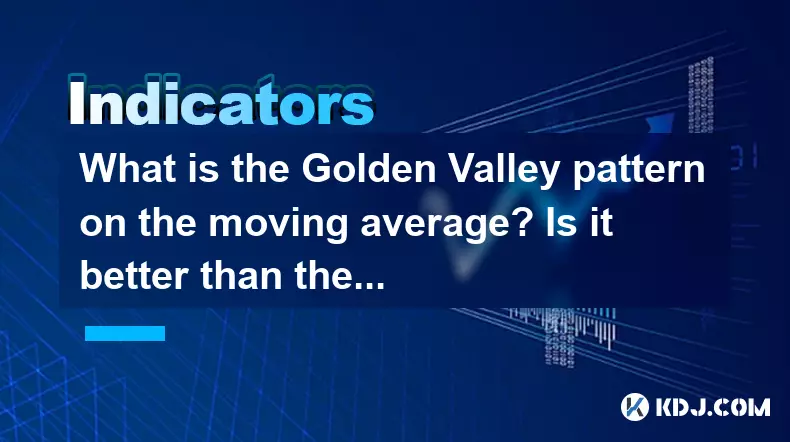-
 bitcoin
bitcoin $124586.364639 USD
0.62% -
 ethereum
ethereum $4670.671710 USD
3.33% -
 xrp
xrp $2.983701 USD
0.18% -
 tether
tether $1.000175 USD
-0.03% -
 bnb
bnb $1209.430642 USD
2.76% -
 solana
solana $231.365861 USD
0.51% -
 usd-coin
usd-coin $0.999665 USD
-0.02% -
 dogecoin
dogecoin $0.264657 USD
4.46% -
 tron
tron $0.346415 USD
1.60% -
 cardano
cardano $0.871586 USD
3.70% -
 chainlink
chainlink $23.451270 USD
7.56% -
 hyperliquid
hyperliquid $46.860071 USD
-2.96% -
 ethena-usde
ethena-usde $1.000120 USD
0.04% -
 sui
sui $3.611279 USD
1.08% -
 stellar
stellar $0.407149 USD
0.96%
What is the Three Crows candlestick pattern? Is it a scary pattern?
The Three Crows pattern signals potential bearish reversal after an uptrend, with three consecutive long red candles showing increasing selling pressure and possible shift from buyer to seller control.
Sep 18, 2025 at 03:55 am

Understanding the Three Crows Candlestick Pattern
1. The Three Crows is a bearish reversal pattern in technical analysis, commonly observed after an uptrend in financial markets, including cryptocurrency trading. It consists of three consecutive long red or black candlesticks that open within the previous day's body and close progressively lower, indicating strong selling pressure.
2. Each candle in the pattern reflects increasing pessimism among traders. The first candle opens near the high of the prior bullish trend and closes lower, signaling weakening momentum. The second candle continues this downward movement, opening within the body of the first and closing even lower.
3. The third candle repeats the same behavior, often closing near its lowest point, which reinforces the bearish sentiment. This sequence suggests that buyers are losing control and sellers are taking over, potentially leading to a significant price drop.
4. Traders watch for confirmation after the third candle, such as continued lower prices or increased volume on down days, to validate the strength of the reversal. Without confirmation, the pattern may result in a false signal, especially in volatile markets like cryptocurrencies.
5. While the name might sound ominous, the pattern itself is not inherently 'scary'—it’s a tool. Its effectiveness depends on context, including market conditions, volume, and alignment with other indicators like moving averages or RSI divergence.
Why the Three Crows Can Signal Trouble in Crypto Markets
1. Cryptocurrency markets are highly sensitive to shifts in sentiment, and the appearance of the Three Crows can trigger fear-based selling. When retail investors notice this pattern on popular timeframes like the 4-hour or daily chart, it can lead to coordinated sell-offs.
2. In low-liquidity altcoins, the pattern may be exploited by large holders or bots to manipulate price action. A series of long red candles can mimic the Three Crows even without genuine fundamental deterioration, prompting panic exits from inexperienced traders.
3. The psychological impact of three consecutive down days cannot be underestimated in speculative assets like Bitcoin or Ethereum. Even if the broader trend remains bullish, short-term damage to confidence can result in extended consolidation or deeper corrections.
4. Exchanges with high leverage availability amplify the consequences. Liquidations tend to cluster during sustained down moves, and the Three Crows structure often coincides with cascading stop-loss triggers, accelerating the decline.
5. On-chain data sometimes reveals that whale wallets reduce holdings just before or during the formation of this pattern. When combined with on-chain outflows from exchanges or rising exchange reserves, the bearish implications strengthen.
How Traders Respond to the Three Crows in Practice
1. Professional traders rarely act on the Three Crows alone. They combine it with volume analysis—declining volume during the uptrend preceding the crows increases the likelihood of exhaustion, while rising volume during the three red candles confirms distribution.
2. Some use moving average convergence, such as the 50-day and 200-day MA, to assess whether the broader trend supports a reversal. If price remains above key averages despite the pattern, it may indicate temporary weakness rather than a full trend change.
3. Options markets in crypto derivatives reflect changing sentiment. An increase in put buying following the emergence of Three Crows suggests institutional players are hedging or positioning for further downside.
4. Algorithmic trading systems are programmed to detect such patterns and execute sell orders automatically. This creates self-fulfilling dynamics where the mere recognition of the pattern contributes to its success rate in triggering drops.
5. Day traders might short the asset on the third candle’s close, placing tight stop-losses above the high of the first crow. Position traders wait for additional confirmation, such as a break below a support level or a bearish engulfing pattern afterward.
Frequently Asked Questions
What timeframe is most reliable for spotting the Three Crows? The daily chart is considered the most reliable for identifying the Three Crows in cryptocurrency trading. Higher timeframes reduce noise and provide stronger signals compared to shorter intervals like 15-minute charts, where false patterns frequently appear due to volatility.
Can the Three Crows appear in sideways markets? Yes, though its significance diminishes. In range-bound conditions, the pattern may simply reflect a test of support rather than a true reversal. Context matters—the same formation carries more weight after a prolonged rally than during consolidation.
Does the Three Crows work equally well across all cryptocurrencies? No. Major coins like BTC and ETH tend to respect classical technical patterns more consistently due to higher liquidity and broader market participation. Low-cap altcoins with thin order books often exhibit erratic price action that invalidates traditional setups.
Are there variations of the Three Crows pattern? Yes. A related pattern called “Three Black Crows” is identical in structure but emphasizes the emotional tone. Another variant includes gaps between the candles, which strengthens the bearish case if each gap remains unfilled during the sequence.
Disclaimer:info@kdj.com
The information provided is not trading advice. kdj.com does not assume any responsibility for any investments made based on the information provided in this article. Cryptocurrencies are highly volatile and it is highly recommended that you invest with caution after thorough research!
If you believe that the content used on this website infringes your copyright, please contact us immediately (info@kdj.com) and we will delete it promptly.
- BlockDAG, DOGE, HYPE Sponsorship: Crypto Trends Shaping 2025
- 2025-10-01 00:25:13
- Deutsche Börse and Circle: A StableCoin Adoption Powerhouse in Europe
- 2025-10-01 00:25:13
- BlockDAG's Presale Buzz: Is It the Crypto to Watch in October 2025?
- 2025-10-01 00:30:13
- Bitcoin, Crypto, and IQ: When Genius Meets Digital Gold?
- 2025-10-01 00:30:13
- Stablecoins, American Innovation, and Wallet Tokens: The Next Frontier
- 2025-10-01 00:35:12
- NBU, Coins, and Crypto in Ukraine: A New Yorker's Take
- 2025-10-01 00:45:14
Related knowledge

What is a tower bottom candlestick pattern? Does it have a high success rate?
Sep 22,2025 at 07:18am
Tower Bottom Candlestick Pattern Explained1. The tower bottom candlestick pattern is a reversal formation that typically appears at the end of a downt...

What is a black hole pattern in the MACD indicator? Is it a cause for concern?
Sep 21,2025 at 06:54pm
Bitcoin's Role in Decentralized Finance1. Bitcoin remains the cornerstone of decentralized finance, serving as a benchmark for value and security acro...

How can I use the psychological line (PSY) to determine market sentiment?
Sep 17,2025 at 02:19pm
Understanding the Psychological Line (PSY) in Cryptocurrency TradingThe Psychological Line, commonly referred to as PSY, is a momentum oscillator used...

How can I determine if a double top pattern has officially formed?
Sep 21,2025 at 03:18am
Understanding the Structure of a Double Top Pattern1. A double top pattern consists of two distinct peaks that reach approximately the same price leve...

What is the Golden Valley pattern on the moving average? Is it better than the Silver Valley pattern?
Sep 21,2025 at 02:54pm
Understanding the Golden Valley Pattern in Moving Averages1. The Golden Valley pattern is a technical formation observed in cryptocurrency price chart...

What does a death cross of the RSI in the strong zone (above 50) mean?
Sep 17,2025 at 10:54pm
Understanding the Death Cross in RSI Context1. The term 'death cross' is traditionally associated with moving averages, where a short-term average cro...

What is a tower bottom candlestick pattern? Does it have a high success rate?
Sep 22,2025 at 07:18am
Tower Bottom Candlestick Pattern Explained1. The tower bottom candlestick pattern is a reversal formation that typically appears at the end of a downt...

What is a black hole pattern in the MACD indicator? Is it a cause for concern?
Sep 21,2025 at 06:54pm
Bitcoin's Role in Decentralized Finance1. Bitcoin remains the cornerstone of decentralized finance, serving as a benchmark for value and security acro...

How can I use the psychological line (PSY) to determine market sentiment?
Sep 17,2025 at 02:19pm
Understanding the Psychological Line (PSY) in Cryptocurrency TradingThe Psychological Line, commonly referred to as PSY, is a momentum oscillator used...

How can I determine if a double top pattern has officially formed?
Sep 21,2025 at 03:18am
Understanding the Structure of a Double Top Pattern1. A double top pattern consists of two distinct peaks that reach approximately the same price leve...

What is the Golden Valley pattern on the moving average? Is it better than the Silver Valley pattern?
Sep 21,2025 at 02:54pm
Understanding the Golden Valley Pattern in Moving Averages1. The Golden Valley pattern is a technical formation observed in cryptocurrency price chart...

What does a death cross of the RSI in the strong zone (above 50) mean?
Sep 17,2025 at 10:54pm
Understanding the Death Cross in RSI Context1. The term 'death cross' is traditionally associated with moving averages, where a short-term average cro...
See all articles










































































